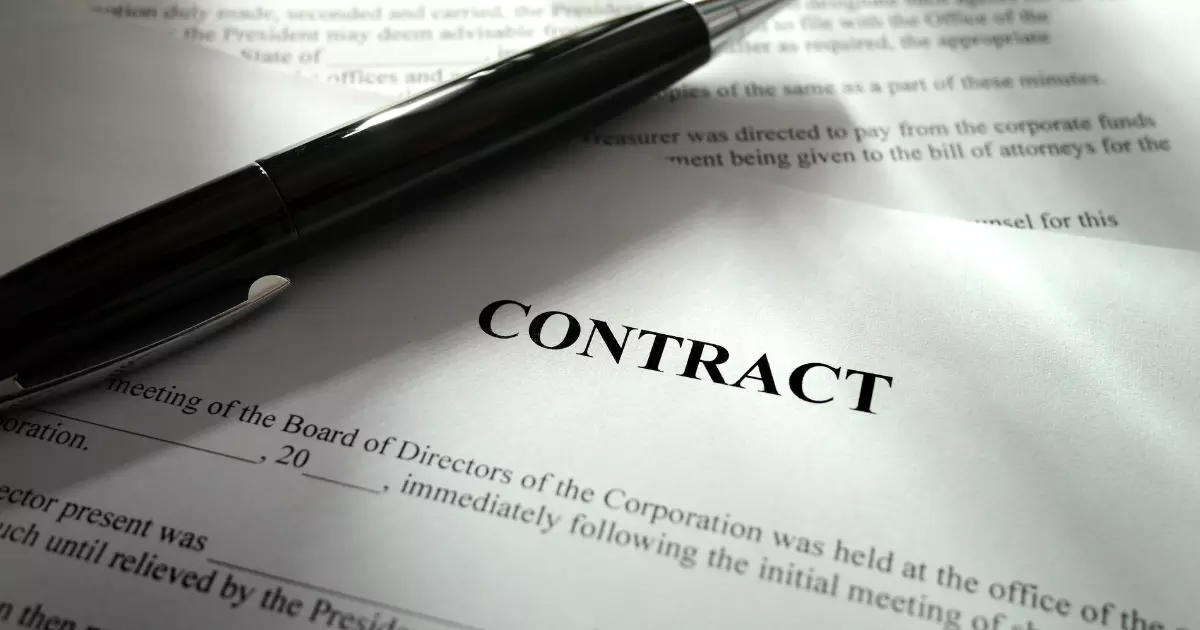10 Proven Steps: Selling Distressed Property in the US Market

Are you considering selling distressed property but need help figuring out where to start? Navigating the real estate world can feel like wandering in a maze, but it doesn’t have to be that complicated. Buckle up as we journey through 10 proven steps to sell distressed property.
We’ll explore everything from defining a distressed property, understanding its worth, preparing for the sale, setting the price, and closing the deal. Let’s begin!
Defining Distressed Property
First off, let’s define what we mean by distressed property. These properties are up for sale, not because the owner wishes to relocate or upgrade but due to legal, financial, or structural issues. The current owner could be on the brink of foreclosure, struggling with delinquent mortgage payments, or in financial difficulties due to unforeseen life events, like job loss or medical bills.
At times, these properties are in poor condition due to neglect. It could be as simple as cheaper flooring options showing their age or more significant issues like structural damage or water damage. But don’t let that discourage you. These houses represent an attractive investment opportunity because they often come at an affordable price below the average market price.
As we navigate the distressed property market in the US, remember that these properties can present some of the biggest opportunities for both savvy sellers and prospective buyers.
Step 1: Understanding Your Property’s Worth
First things first, when selling distressed property, you’ve got to know what it’s worth. You might be asking, “How do I figure that out?” Look at the actual condition of your place, compare it with similar distressed homes, and take note of additional issues. These can significantly affect your fair market price. You don’t want to undersell, right? Enlisting the help of real estate professionals can save you from common mistakes and guide you to a fair assessment.
Step 2: Preparing the Property for Sale
Now, it’s time to prep your property for sale. Just because it’s distressed doesn’t mean it can’t be attractive! A little elbow grease can go a long way. Address any safety hazards, and fix visible damages or issues – like water damage or cheaper flooring options. Always remember honesty is critical when disclosing your property’s condition to potential buyers.
Step 3: Working with Professionals
Are you feeling overwhelmed? You don’t have to do this alone. Real estate agents or brokers with experience selling distressed property are your secret weapons. They’re a wellspring of real estate knowledge, have access to a network of potential buyers, and know their way around real estate laws. Having these experts by your side can make the process much easier.
Step 4: Setting a Competitive Price
Pricing your distressed property can feel like walking a tightrope. You want it to be an attractive price for buyers but also fair to you. This is where your real estate agent comes in handy. They’ll help set a competitive price by considering the fair market value, the condition of your property, and current real estate market trends. Setting the right price could turn your property from “for sale” to “sold” in no time!
Step 5: Marketing Your Property

Alright, your property’s ready, so let’s get the word out there! Effective marketing can make a world of difference when selling distressed property. Remember, it’s not just about advertising; it’s about showcasing what your property offers.
- First, list your property on multiple platforms like real estate marketplaces and distressed property listings. This increases its visibility to motivated buyers and real estate investors.
- Secondly, nothing beats high-quality photos that show the property’s potential. Sure, it’s a distressed house, but that doesn’t mean it can’t shine!
- Third, hire a real estate agent experienced in distressed property sales. Their fees might be a pinch, but their knowledge can help get your property seen by the right folks, like house flippers or cash buyers.
Step 6: Reviewing Offers
The offers start rolling in; now what? Reviewing offers from buyers requires careful consideration. Be sure to check cash offers closely. They may offer a quicker sale, but they might not be the highest bid.
- Firstly, assess the financial viability of your buyers. Can they keep up with monthly mortgage payments?
- Secondly, don’t just look at the sale price; consider their financing methods too. Is it a cash home buyer, or are they reliant on mortgage lenders?
- Lastly, ask for proof of funds to ensure the buyer can follow through on their offer.
Navigating these waters is crucial, but you don’t have to do it alone. Your real estate agent can guide you through this too!
Step 7: Navigating Legalities

Selling distressed property isn’t just about sprucing up and finding buyers. It’s also about understanding the legal side of things.
- Foreclosure process: If you’re on the brink of bank foreclosure, it’s vital to understand how the foreclosure process works. Depending on your situation, a foreclosure sale or foreclosure auction might be the route you need to take.
- Real estate laws: It’s important to know the legal aspects of real estate sales, like the necessity of proper disclosures about your property’s condition and what kind of financial decisions you have to make.
- Real estate agent fees: These can sometimes be negotiated and are an important part of the sale process to consider.
- Mortgage lenders: If your monthly mortgage payments have fallen behind, it’s crucial to communicate with your lender. They might be able to provide alternatives to foreclosure.
With this roadmap, you’re armed with the knowledge to make selling your distressed property a breeze. Remember, you don’t have to do it alone. Real estate professionals can provide guidance every step of the way.
Step 8: Closing the Sale
Closing the sale is a term that gives every property owner a sigh of relief. This is where all your hard work in selling distressed property pays off. You’re finally crossing the finish line, but there’s still a process to go through.
This step involves tying up loose ends, like fulfilling any remaining mortgage obligations or paying off delinquent taxes. You’ll meet with the buyer (often a distressed property buyer or real estate investor) at the closing table, where you’ll sign heaps of paperwork. Don’t fret; it’s primarily legal mumbo-jumbo that transfers ownership from you to the buyer.
Step 9: Managing After-Sale Responsibilities
Phew, you’ve sold your property! But don’t kick back just yet. There’s the matter of property taxes to consider, and depending on the average selling price, you might have to pay capital gains tax. It’s best to check government websites or talk to a tax professional to understand these responsibilities.
Step 10: Learning from the Experience
So, you’ve navigated selling distressed property, but don’t just move on. Reflect on this journey. Maybe you’ve learned the importance of upkeep to prevent bad conditions or how to manage financial issues better.
Consider it a crash course in real estate investing. Perhaps you’ve discovered you have a knack for it! Use the knowledge you’ve gained for your next real estate investment. Who knows, you might just become one of those savvy investors or a helper to other distressed owners.
Remember, every real estate deal is a learning experience that can shape your future transactions, ensuring your return on investment improves each time. So, good luck with your next adventure!
Tying it All Together: Your Guided Path to Success in Selling Distressed Property

What a journey. You’ve trudged through the ten steps of selling distressed property in the U.S. market and made it out on the other side. We began with understanding your property’s worth, getting it ready for retail buyers, getting help from real estate professionals, setting a competitive price, and marketing your property.
We then ventured into reviewing offers, navigating legalities, and closing the sale. Not forgetting after-sale responsibilities and learning from the experience. It’s no walk in the park, but with these steps, you’re not just an informed decision-maker but a seasoned investor!
And remember distressed property owners, if the burden of selling feels heavy or you’re a candidate for foreclosure, Creative Property Group is here to help! We have in-depth real estate expertise and have helped countless homeowners navigate the tricky terrain of distressed sales.
If you’re ready to sell, we’ll calculate a fair price cash offer on your house within 24 hours. Like it? Great, we’ll close when you’re ready, and we’ll cover the closing costs. Because at Creative Property Group, selling should be as painless as possible. So why wait? Start your selling journey by calling us today!


